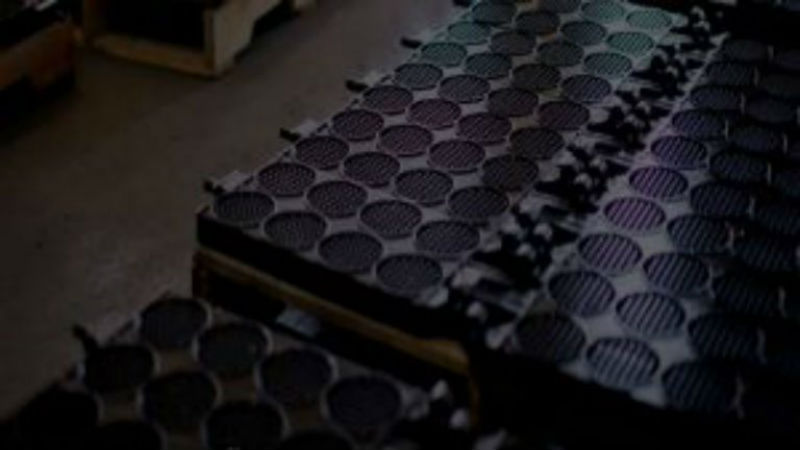Zinc chromate (ZnCrO4) has only been noted as a viable coating method since the late 1920s. As a means of protecting components against corrosion, zinc chromate plating has since its beginnings become popular for several reasons. As an inexpensive process, it has become a staple for certain industrial applications. The automotive and aircraft industries find ample use for our zinc chromate products. They apply them to
* Improve corrosion resistance
* Enhance paint or adhesive ability to bond
* Deliver a decorative or even colored appearance
It also helps that chromate coating tends to be odorless and the current processes and techniques available ensure metal finishers can be environmentally responsible in the production of the product.
Chromated Zinc
The process for producing chromated zinc is a common one. Zinc chromate plating is performed in a single dip to produce “Bright (or Clear) Zinc.” Other common colors include:
* Yellow or Iridescent Zinc: Automotive companies favor this because of its anti-corrosive qualities and easy application. Yellow zinc chromate goes on easily as a primer before coating.
* Black or Bronze Zinc
* Olive Drab Zinc
Following the process, you may consider applying a post-treatment sealer. The purpose of the sealer, which bonds with the chromate film, is to
* Improve the ability of the chromate to adhere to the zinc
* Significantly improve the protection against corrosion
* Reduce chromate leaching
* Decrease chromate fingerprints
It is possible to apply sealers to several chromate conversion coatings – notably bright, yellow, black and olive drab. Using a salt spray will ensure the right amount of corrosion protection is achieved.
The Limitations of Zinc Chromate Plating
Zinc chromate plating does have its limitations. Zinc simply cannot withstand high temperatures. As a result, those in the metal finishing business do not encourage the use of zinc when the temperatures are going to equal or exceed 500˚F. In fact, by heating chromated steel to above 212°F, the desired protective characteristic of the chromate film may be invalidated. The result for plated steel at these temperatures can result in embrittlement – the steel will be susceptible to snapping. It, therefore, negates its ability to resist corrosion. The chromating process, therefore, must only occur following the baking process.
Zinc Chromate Plating
Zinc is a very affordable metal. It has its ability to add protection against the corrosive elements of the environment. However, if you and your company want to improve these qualities, consider the potential powers of chromate conversion. By choosing zinc chromate plating, you are improving your products and, therefore, increasing your chances of standing solidly against today’s competition.







